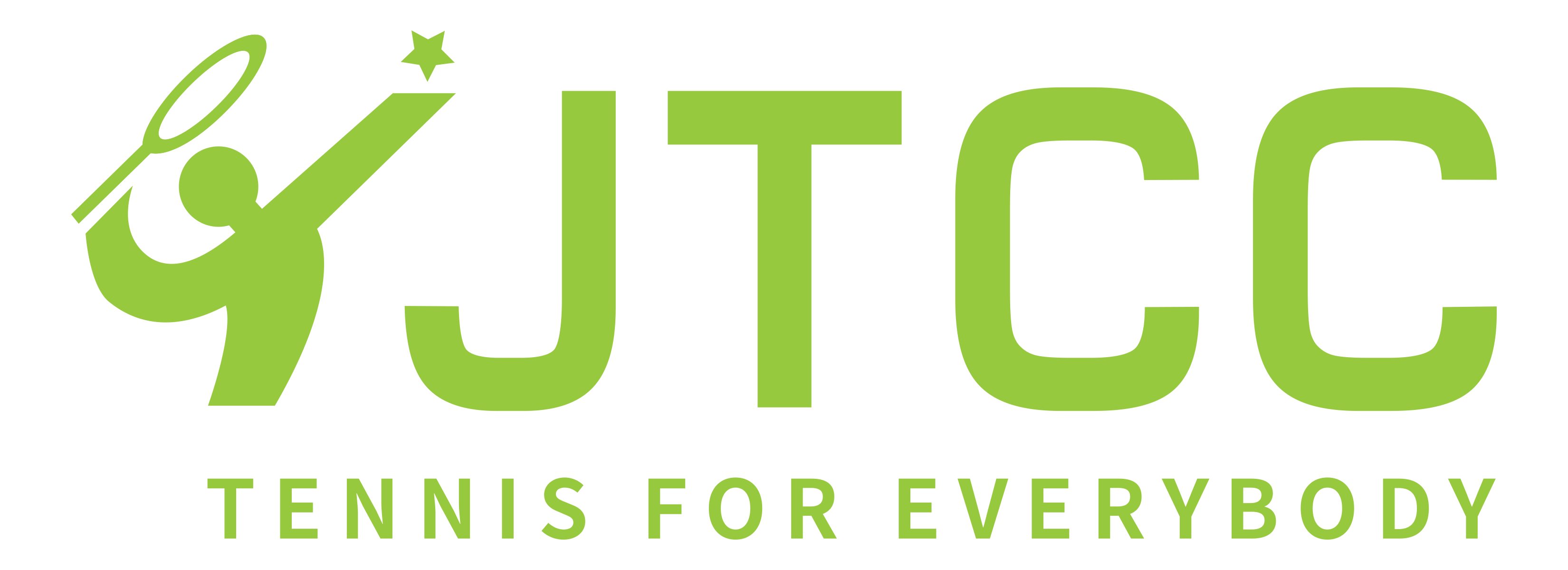
Certified Athletic Trainer (ATC) Bill Tyner has provided sport medicine services for USTA Regional Training Center camps and tournaments at the Tennis Center at College Park (TCCP) for the past 2 1/2 years. Bill has experience helping professional tennis players with their fitness programs and has provided sport medicine services for local and national junior tennis events. An avid tennis player, fan and student of the game, Bill believes that proper injury care/maintenance, fitness and nutrition programs allows the tennis athlete to get the best out of their abilities.
My first blog topic is tennis’ best known injury: tennis elbow. Also known as lateral epicondylitis because the lateral epicondyle is the attachment site of the extensor muscles of the wrist (little finger side of the forearm).

Tennis elbow is a common ailment for players
Gripping, swinging and hitting tennis balls repetitively sends forces through the wrist and forearm. These muscles become overused and inflamed (itis) due to micro ruptures and scar tissue. Pain and tenderness are felt in the forearm and can radiate into the wrist and fingers. Most all motions involving the wrist or elbow will provoke pain.
There are a few different approaches for treatment of tennis elbow. The level of pain experienced is the top indicator of which direction to take. Rest, ice application, and stretching are the basis for proper recovery. In more severe cases, brief immobilization of the injured area is effective. Daily stretching of the forearm extensor muscles along with improving grip and overall forearm strength are key. Strengthening the core and upper body musculature is important for successful recovery. It is important to maintain overall fitness during your rehabilitation period. Running or cycling 20 to 30 minutes per day is recommended. Swimming with a kick board is also beneficial.
The return to play phase should be pre-planned. Do not attempt to play matches as soon as you think you feel better. Slowly increasing the load to the forearm and elbow is the proper approach. Mini-tennis advancing to baseline tennis on slow courts hitting forehands and two-handed backhands would be where you begin. Hitting flat with slice strokes and volleys would be next and then move on to overheads and serves. Hitting with topspin during the early portion of the return to play phase is not recommended. Pain levels tell you if you should rest or increase work load. Do not attempt to do everything in one session.
The next area of focus is paying attention to timing and technique. Hitting the ball in front of the body using a straight wrist is the goal. Use your larger muscles (core and shoulders) to generate power and use your forearm for more control of your shots.
To reduce the risk of tennis elbow, gradually increase the volume of work when recovering and training. The keys are proper warm-up, stretching, and using suitable equipment (flexible racket with large sweet spot, lower string tension, thinner strings, new balls, proper grip size). Proper warm-up and stretching combined with proper technique will minimize your chances of the injury returning.
Bill is a regular contributor to the ALL ACES blog and can be reached at billt10sguy@hotmail.com


